The Spy
|
||
|
||
The Spy
|
||
|
||
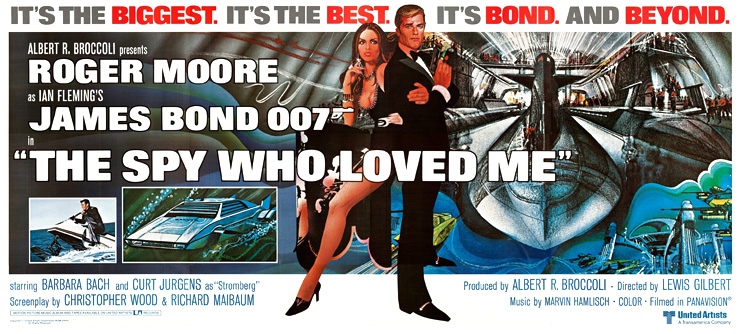 |
||
|
Nobody Does It Better |
||
|
Although Roger Moore was well established as James Bond after the release of his second 007 adventure The Man With The Golden Gun in 1974, the box-office receipts were disappointing, making it the least successful film in the series since On Her Majesty's Secret Service (1969). The end credits of The Man With The Golden Gun announced that the next film in the series would be The Spy Who Loved Me. |
||
|
||
|
James Bond film co-producer Harry Saltzman had been facing serious financial difficulties throughout the early 1970s and the relationship with his partner Albert R. Broccoli was suffering as a result. In 1975, facing bankruptcy, Saltzman had no choice but to sell his shares in the company DANJAQ to United Artists for $20 million. It is ironic that the man who had acquired the rights to film the James Bond novels in 1961, now reluctantly handed over responsibility for their future production to his rival. |
||
|
Now the sole producer of the James Bond franchise, ‘Cubby’ Broccoli forged ahead with the production of the tenth film in the series. Following the hostile reception afforded the release of Ian Fleming's original novel in 1962; the author subsequently requested there should be no reprints or paperback version of the book for the British market. No paperback version of THE SPY WHO LOVED ME appeared in the UK until 1967, three years after Fleming's death. The author also only gave permission for the title to be used when he sold the film rights. Although earlier Bond films had deviated from their source material to a large degree, The Spy Who Loved Me was the first film in the series to have a completely original plot (although very similar to You Only Live Twice, which was also substantially different to the novel), with only the character of James Bond linking the two. The new character of Jaws was loosely based on Sol “Horror” Horowitz from the novel, who has steel capped teeth. |
||
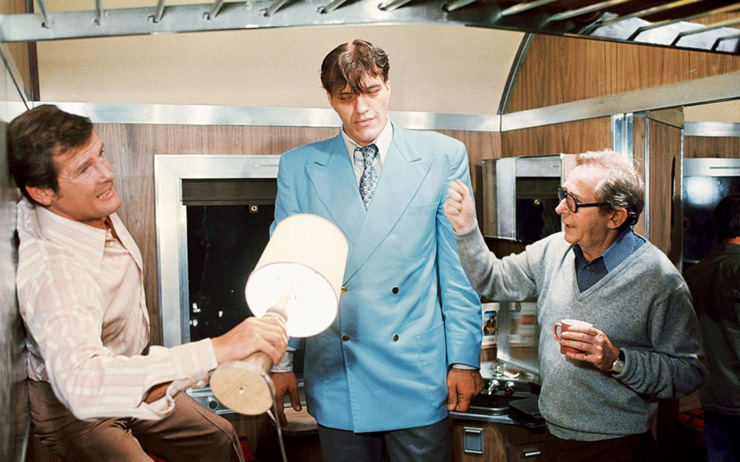 |
||
|
With a completely blank canvas, Broccoli commissioned a number of screenwriters to work on the script, including Stirling Silliphant, John Landis, Ronald Hardy, Anthony Burgess, and Derek Marlowe. Eventually long-time collaborator Richard Maibaum provided the final screenplay, which was ultimately re-written by Christopher Wood who would then release a novelisation entitled JAMES BOND, THE SPY WHO LOVED ME to tie in with the final release of the film in 1977. The original script included SPECTRE and Blofeld (last seen in Diamonds Are Forever in 1971) as the protagonists, and further delays in production were created when Kevin McClory threatened to sue Broccoli for alleged copyright infringement, claiming that he had the sole right to use SPECTRE following his court battle with Ian Fleming over THUNDERBALL in 1963. In 1976 Kevin McClory was trying to get his own rival production underway with the then title of James Bond of The Secret Service, which would star Sean Connery, who had collaborated on a screenplay with Len Deighton. Not wishing to prolong the already ongoing legal dispute that could have delayed the production of The Spy Who Loved Me even further, Broccoli requested that Wood remove all references to Blofeld and SPECTRE from the script, and replace them with Karl Stromberg who was played by Curt Jurgens. A further uncredited rewrite by Tom Mankiewicz meant that the screenplay was finally ready to shoot by late 1976. Guy Hamilton, who directed the previous three Bond films as well as Goldfinger in 1964, left the production after being offered the opportunity to direct Superman The Movie. He would ultimately be replaced on this project by Richard Donner, who re-invented the superhero franchise assisted again by an uncredited Tom Mankiewicz. Broccoli then turned to Lewis Gilbert, who had successfully helmed 1967's You Only Live Twice. Even though the number of films in the official Bond series had now reached double figures, only four men had directed them. Former editor Peter Hunt was the only one of the quartet with a single title (On Her Majesty's Secret Service) to his credit. |
||
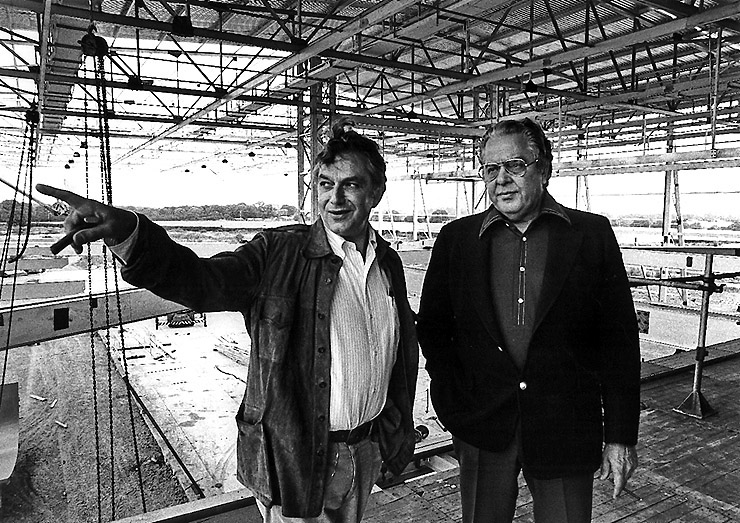 |
||
|
With the script now in place, and featuring a super tanker that swallows nuclear submarines, the next hurdle was to find a soundstage big enough to house such a set. Producer Broccoli then turned to five-time 007 production designer Ken Adam, who returned to the series after a two-film break. In a huge gamble, $1 million of the $13.5 million budget was allocated to Ken Adam to design and build a permanent stage. The 334 x 136 x 40.6 foot structure was built in 13 weeks, and on 5 December 1976 was formally christened ‘The 007 Stage’ in a ceremony attended by recently resigned British Prime Minister Harold Wilson. In contrast to the volcano crater set Adam had built for You Only Live Twice in 1966, the 007 Stage was a permanent structure that was rented out to other productions in order to recoup its costs. The first film to use the 007 Stage after The Spy Who Loved Me was Superman: The Movie - the vast tank housed the Fortress of Solitude set, which also featured in the sequel Superman II (1980). |
||
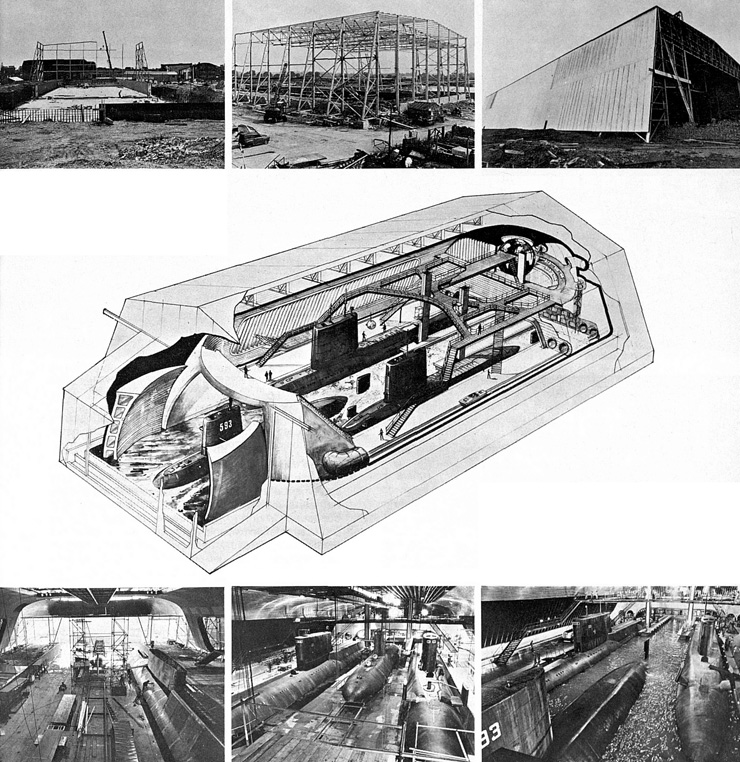 |
||
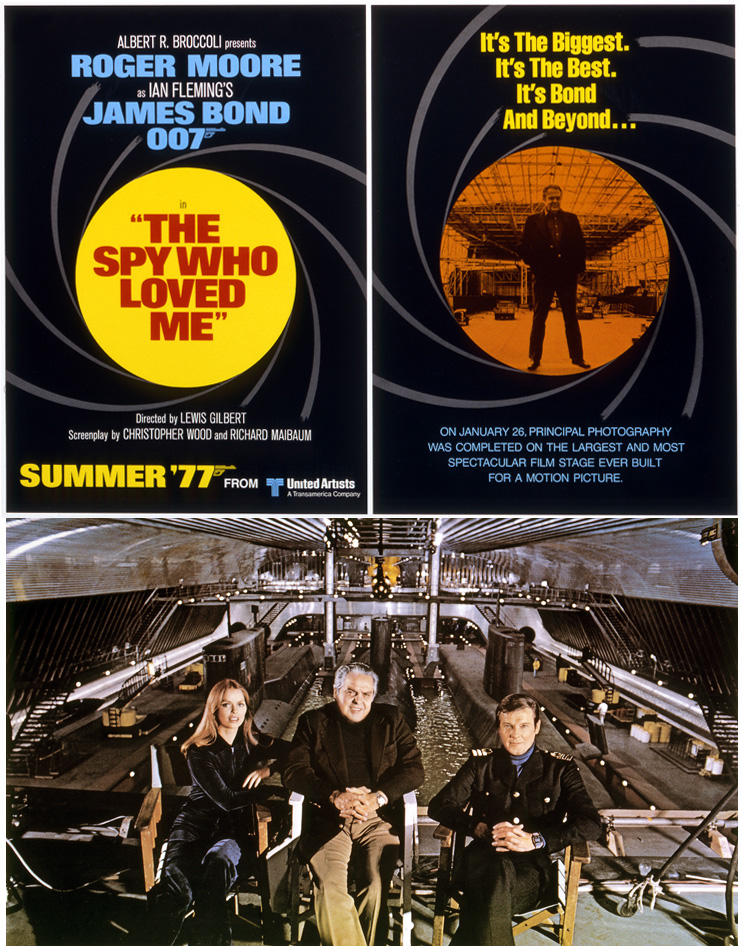 |
||
|
|